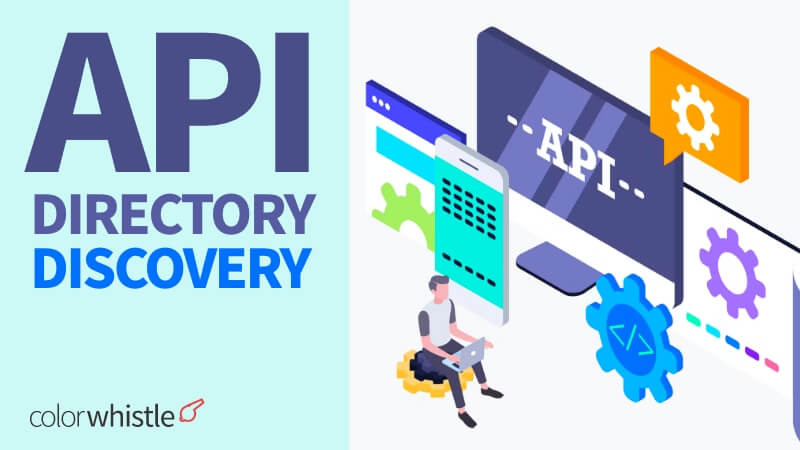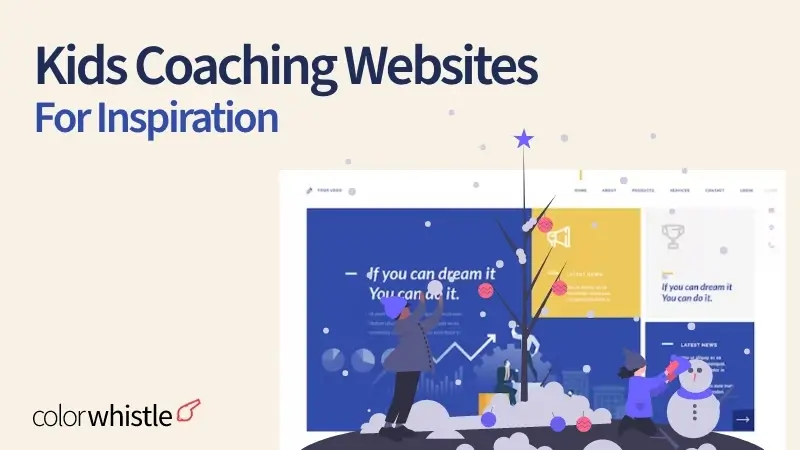API—Application Programming Interface allows two applications to communicate and exchange data with each other. To get a clear understanding of what an API is? Check out the below popular meme.

The development of API is essential for the betterment of any web application. Before you start with it, get to know that API directory and API discovery has a minute difference in their functionalities. This article is all about explaining their functionality differences.
What is an API directory, and why is it important?
An API directory contains a list of available APIs. The directory has a wide variety of APIs and their respective information, helping developers when they look for suitable APIs. The API directory also has resources and tutorials helping developers to start with the API.
The API directory is a useful tool to compare between APIs. It also helps in finding alternatives when you feel an API is quite expensive for your budget. You may not be able to consume directly from the API directory but, it would provide all the necessary details about the API along with information about consuming it through the official provider or a third-party provider.
What is API discovery, and why is it important?
API discovery is all about efficiency in development and innovation.
For internal API programs, when an API developer creates services, it is essential that the created services are easily accessible and discoverable. Following the best practices of API avoids duplication. It even allows to enhance the already existing API by adding new features to it.
For external programs, API here is a digital storefront where your users/customers can find APIs, learn about its values and the necessary steps to start with it.
API discovery is the element where you can find the necessary APIs to enhance the performance for your applications or websites. For achieving an API lifecycle properly, it is essential to feature an ongoing API discovery. Absence of this element would be a great challenge for developers to deploy, manage and secure an existing API infrastructure.
Difference in using 3rd party API vs custom-built API
Third-party API
- These are provided by third-parties which connect functionalities from different applications. The third-party APIs usually would be some large enterprises, enabling access to their data on your application.
- Some examples are Google Maps, Google Analytics, Facebook, Stripe, PayPal and more.
- While using a third-party API, you can simply integrate the required functionality to your web application/website. This would avoid building the functionality from scratch. It also helps in avoiding data duplication and easy maintenance.
- The usage of third-party API integration is becoming vital in today’s market. As it brings in more efficiency with less maintenance.
Custom-built API
- As the name implies, “custom API” is the process of creating your own API internally for the functionality of your website/application.
- The process of creating an API is more or less like creating a software. Here, you need to determine the requirements first, design and develop the API. After the development, you need to check with it’s working, deploy and publish the API and keep monitoring its performance.
- Iterating your custom-built API may be time-consuming and will also take more space during the development phase of your website/web application.
Tools to create API
1. RapidAPI Design by Paw – The next generation API platform has tied up with Paw to add Rapid API design to their group of services. The design tool can be accessed in the cloud using RapidAPI or Paw’s desktop application. The tool is flexible, cross-platform and furthermore, it supports any API type including REST, SOAP, and Graph QL.
2. Postman – Postman is a platform that can be used for building and testing APIs. The tool allows users to define, develop, test, and monitor APIs. It can streamline collaboration and simplify every step of the API lifecycle. It is open-source and easy to install and maintain.
3. Swagger Editor or Swaggerhub – The open source and professional tool set from Swagger allows to design, build, document and test APIs. The platform has helped several users to develop successful APIs. Support services like SOAP and REST.
4. Mulesoft API Connect – Mulesoft API Connect can generate documentation, mock APIs and collections after the specifications. The API modeling framework supports both OAS and RAML allowing to focus on API frameworks and to create reusable API blocks. This tool can integrate with other services like Anypoint studio through which you can design, build and publish API. The platform assures that each API is secure and is full API management.
5. AsyncAPI Playground – The platform is open-source to build and maintain Event-Driven Architecture. The AsyncAPI specification is the industry standard for defining asynchronous APIs. Other than playground, the platform has some helpful tools such as,
- Studio
- CLI
- Github Actions
- Generator
- Modelina
- Parsers
6.Stoplight.io – Design, document, build and develop quality APIs faster. The platform is equipped with API design, mocking, documentation, governance, visibility, collaboration, and development.
Top API marketplaces
Zapier – Zapier helps in automating everything in your web application and also eliminates the repetitive tasks without writing any code. The platform makes your system work efficiently by building custom workflows the way you want it to function.

Integromat – Integromat, is code-free, and can help in automating the workflow with a visual-builder. It also helps in creating complex integrations with the help of built-in applications and tools.
Azure App Service – Build, deploy and scale APIs in the cloud using languages of your choice. The platform has the ability to run on both dedicated and isolated app service environments.
Google Cloud APIs – The platform allows you to automate your workflows using languages of your choice.

Source:https://developers.google.com/api-client-library
Aspose.Total – It has a collection of APIs using which the developers can manipulate different files within different platforms and languages.
Envato API – It is a leading marketplace to build, play and share your work worldwide.
How to make your API discoverable?
API discovery is essential for someone working with API. Whether it is for monetization or for adding value to the company’s profile, discovery of API is the key element in realizing its goals. Creating and publishing an API will not help in finding it. You need to make an effort and work on making it easily accessible and discoverable for the users. Here are some tips that would make API discovery effective.
- Proper documentation is equally important as a successful API discovery. Where, API discovery help users finding their required API and a proper documentation helps in understanding the goals and working of the API
- Make sure your API is machine readable. Create APIs that can be automatically indexed by machines
- Ensure to profile your API with the API directories. This would drive more traffic with potential audience
Incorporate SEO keywords and phrases into your API documentations so that, it gets captured by the search engines
Future of API centric development
The future of API is a complete digital transformation. An effective and a sound API strategy is the key element for a successful digital transformation. The API strategy is the one that illustrates the purpose of your APIs. It defines what the API is going to do and for whom it is built. The cloud API seems to be the next level of advancement. The usage of cloud API will make your business comprehensive. Cloud APIs enable communication and transfer data to one another in the cloud. APIs can also connect multiple clouds or even connect cloud with on-premises applications.
API is being used for integrating various functionalities to your application/website. As it reduces the time and space involved in developing the functionalities that are required for your website, it’s being widely used for various purposes. Whether you want to integrate a map, reCAPTCHA, or login page to your application, it is efficiently and quickly possible using the respective APIs.
Wrapping Up
API directory and API discovery, both, are equally important for an API to be efficiently successful. In the API directory, the created APIs must get listed here simply to increase its visibility and to get a larger audience. When it comes to API discovery, ensure that the APIs are easily accessible along with their respective details, which would help developers to understand the workflow.
Below is a comparison table on some basic information of API directory and discovery
API Discovery
- Help developers to find the required APIs and connect
- End users are API consumers
- Here you need to put in some effort to increase the visibility of the APIs
API Directory
- Help developers to find and compare APIs
- End users are API consumers
- Search, documentation, tutorials, tags are the key features
Hence, always remember that both API directory and discovery are equally important for an API to be successful.
API is the present and the future for better functioning of any web application. Regarding the custom-built API – it is always best to go for a custom API as you would have the option to create APIs suitable for your business. You can keep enhancing the created API based on your business objectives.
If you are looking for assistance in creating a custom API, you can reach us anytime. You can contact ColorWhistle by sending us a message or call us at +1 (919) 234-5140, we’ll get back to you at the earliest. We provide services tailored to your requirements at a favorable cost.





